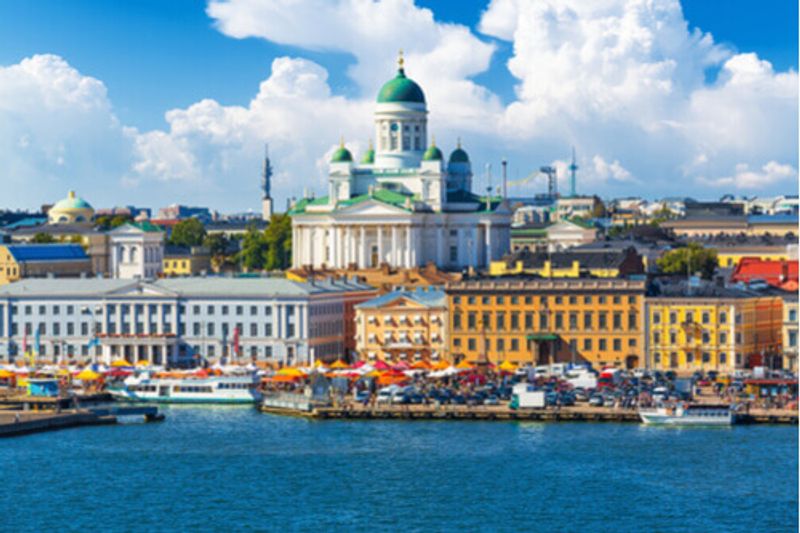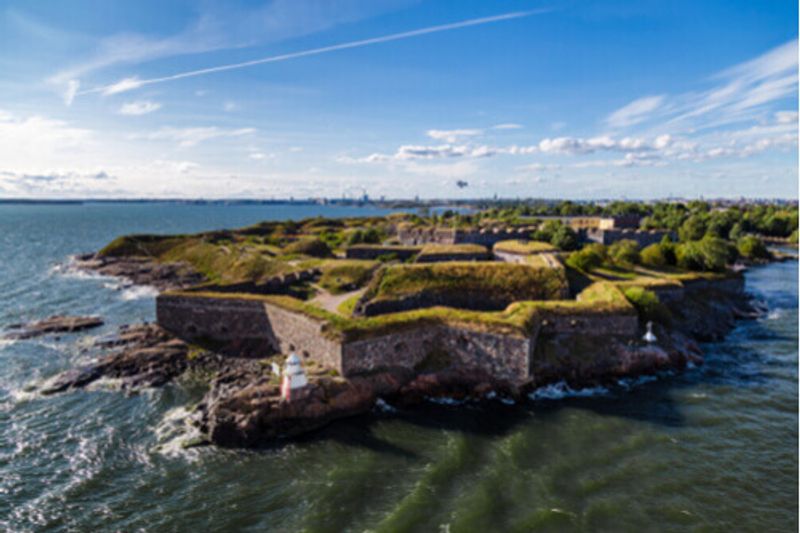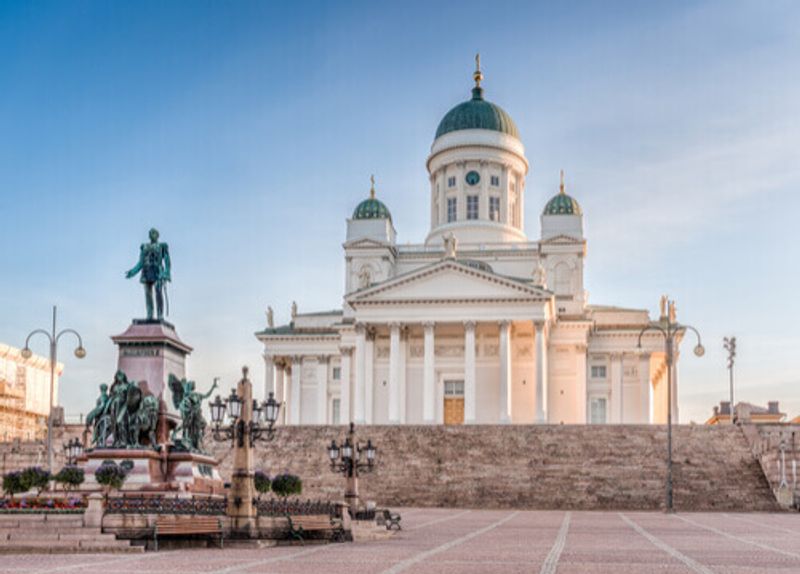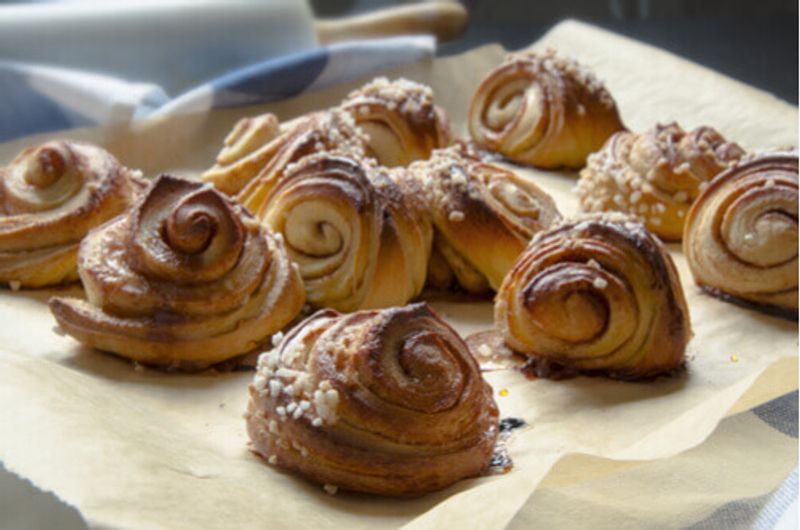Finland’s capital is a small city with big dreams
Helsinki is the small, but perfectly formed capital of Finland – a country sandwiched between its two former imperial overlords, Sweden and Russia, and situated on the Baltic Sea. King Gustav of Sweden founded the port in a bid to tempt trade away from the Estonian capital of Tallinn, 90km across the Gulf of Finland. In the early 1800s, the Swedes ceded control after being defeated by Russia. During that period, the Tsars gave the Finns a degree of autonomy of which they wanted a lot once the Bolsheviks took over in 1917. After forging a marriage of convenience with the Nazis, the Finns finally gained independence as a side note to World War II. After the war, the Russians accepted the status quo after grabbing back some land.
With just shy of a million and a half people in its urban area – spread out along an archipelago of 315 islands – Helsinki manages to maintain some of its small-town charms while having all the advantages of a big city. The city is easy to navigate thanks to an efficient public transport system ranging from hire bikes to trams, buses, a metro system and ferries. In fact, the ferries are a great way to explore some of the city’s island attractions such as the city zoo on Korkeasaari and the old fort on Suomenlinna. In summer, a privately-run boat ferries people to the nude beaches of Pihlajasaari, opposite the port. The city also has a Speedos-optional pool (Yrjönkatu Swimming Hall) which offers separate days for men and women. Those who want to keep their kit on can try the Alas Sea Pool, an open-air swimming pool and sauna which floats on top of the harbour in the middle of the city. It does, however, have skinny dip parties at night.
Unsurprisingly for a city which houses a quarter of the nation’s population, Helsinki is home to Finland’s best museums including the Kiasma Museum of Contemporary Art, Finnish National Gallery, Helsinki Design Museum and Natural History Museum all well worth a wander.
The Helsinki Cathedral commands great views across the city, beaten only by the vantage points of the 12 apostles which stand on its roof. The counterweight to this bright white Lutheran institution is the red stone of the Eastern Orthodox Uspenski Cathedral. Newer and no less noteworthy places of worship include the Temppeliaukio Church, which sits underground atop the city’s bedrock under a disk-shaped roof, and the Kamppi Chapel. This ‘Chapel of Silence’ hopes to offer a place in the city centre to contemplate heaven inside a boat hull.
The city also has many great parks, such as Esplanadi in its centre, Koff Park where locals enjoy sunbathing and a pussikalja (grocery bag beer), the forested nature trails at City Park, and Sibelius Park, home to one of the city’s most-visited spots, the Sibelius Monument. The chrome tubular folly is named after Jean Sibelius, the country’s greatest composer, whose music served to develop the Finnish national identity during its independence movement.
Finland is a Norse country, but not a Scandinavian one, and its language (Suomi) differs greatly from its western neighbours. Rather, it is similar to other Uralic tongues such as Estonian and Hungarian. Thankfully, English is taught in schools, making it an easy place for a foreign tourist to navigate. Those wanting to really sink their teeth into the city should try some of the local fares. Due to the long winter, traditional Finnish cuisine relies on tubers such as turnips and potatoes as well as preserved meats and fish. Think a cuisine similar to that of Germany, Sweden and Russia. Local faves include pulla cinnamon buns, pickled herring, cabbage rolls, lingonberry pie, salted liquorice and reindeer.



